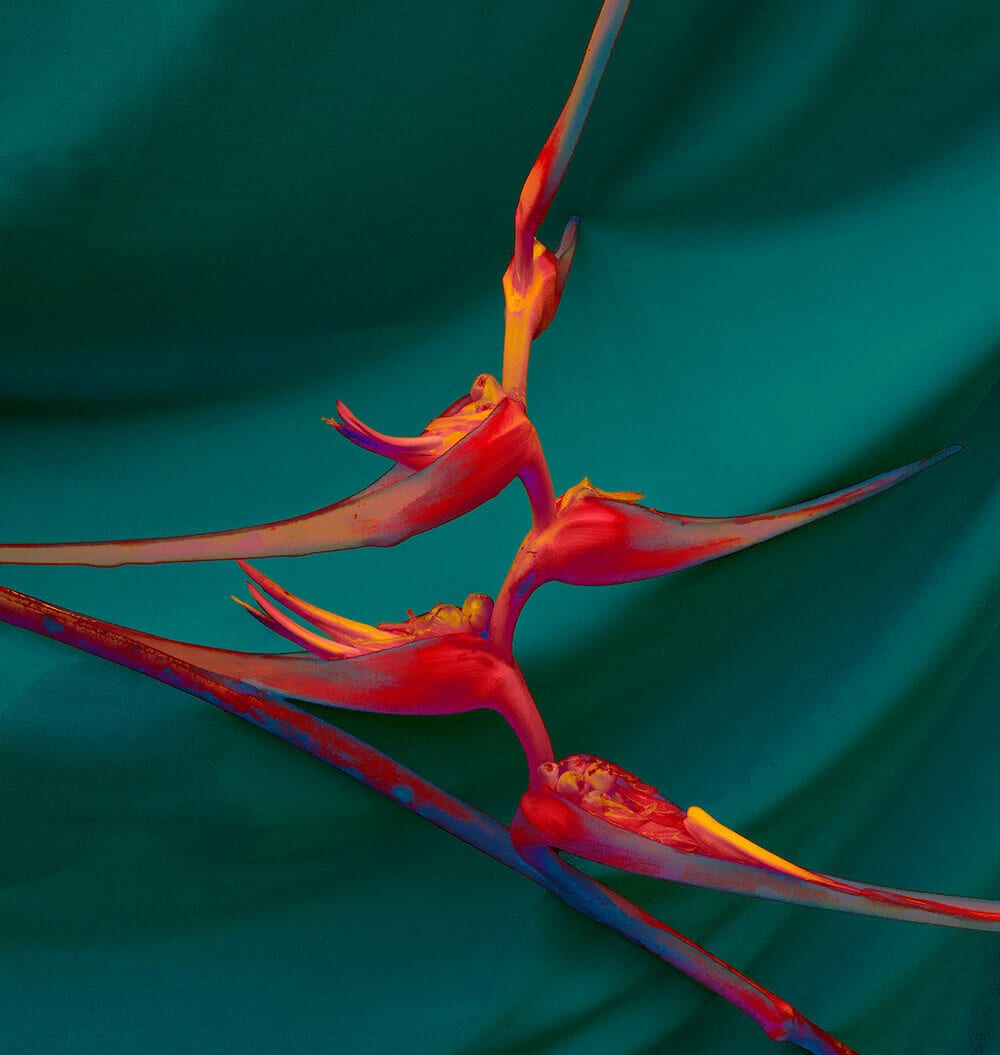FEATURED STORY
Magic, Luxuriance and Wealth
WITH ELSA LEYDIER
An insight into Elsa Leydier’s poetic project ‘Plátanos con Platino (Platinum Bananas)’
“Chocó is the poorest region in Colombia. It is very isolated geographically from the rest of the Colombian territory, abandoned by the government, and the statistics, in addition to raising its alarming rates of poverty, rank it in the list of the most violent areas in the country. All these facts appear commonly in the pages of the newspapers when they deign to mention Chocó and which most often shape the imaginary linked to the Chocoana region from the outside.
In order to underline the isolation and the lack of infrastructure in Chocó, in 1954 Garcia Márquez recounted his impressions following a trip to the region with these words, “It is thoroughly sensible to think that if someone had the idea of planting a banana tree (in the Chocó earth), the fruit would have grown loaded with platinum nuggets. However, the reality is that these fabulous fruits would not even have been able to be brought to the nearest market, that they would have already started to rot”.
Several decades later, very few of these things have changed, but if in his writings, Garcia Márquez evokes the possibility of bananas bursting with platinum nuggets, he alludes to the natural and mineral riches of the territory. Because, though this is less often mentioned in the media, Chocó is the richest region in Colombia and one of the richest in the world in terms of its biodiversity.
This work is first and foremost a reflection on the way one can play with the image with which one reports on a territory, from which one can construct and use the narratives. But it is also a way of revealing Chocó by approaching it from a side less visible and often neglected to the advantage of another dominant and omnipresent representation. It is an attempt to rise up against the bad news, to bring into light more positive and optimistic narratives. While not denying the Chocó territory’s own realities, I wanted to talk about its magic, its luxuriance and its wealth, I wanted to talk about its bananas with platinum nuggets”. – Elsa Leydier
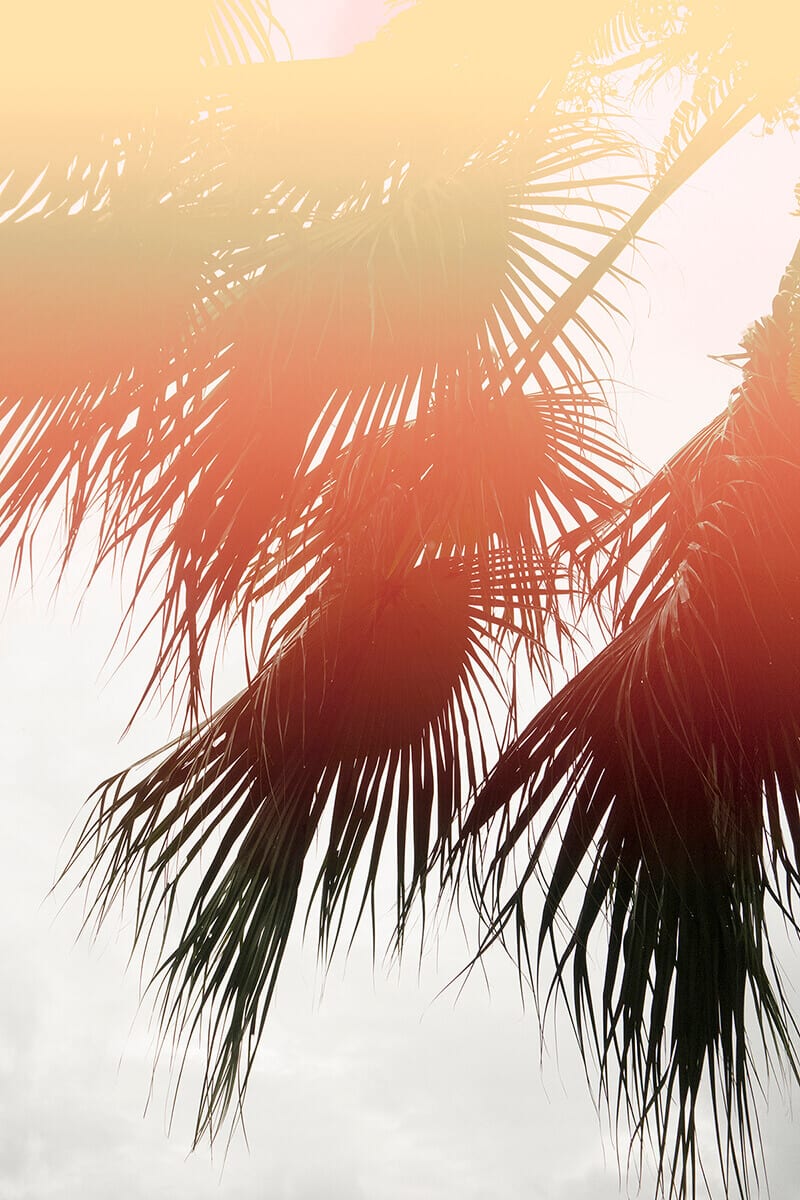
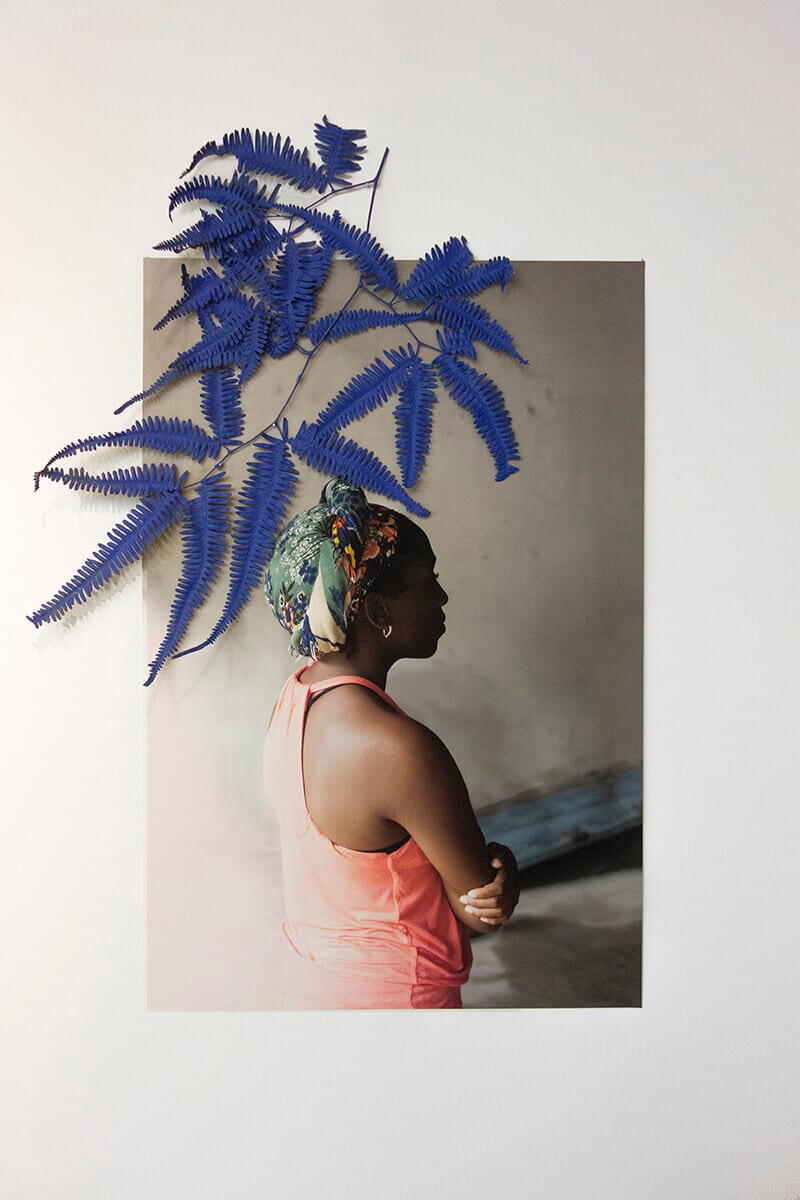
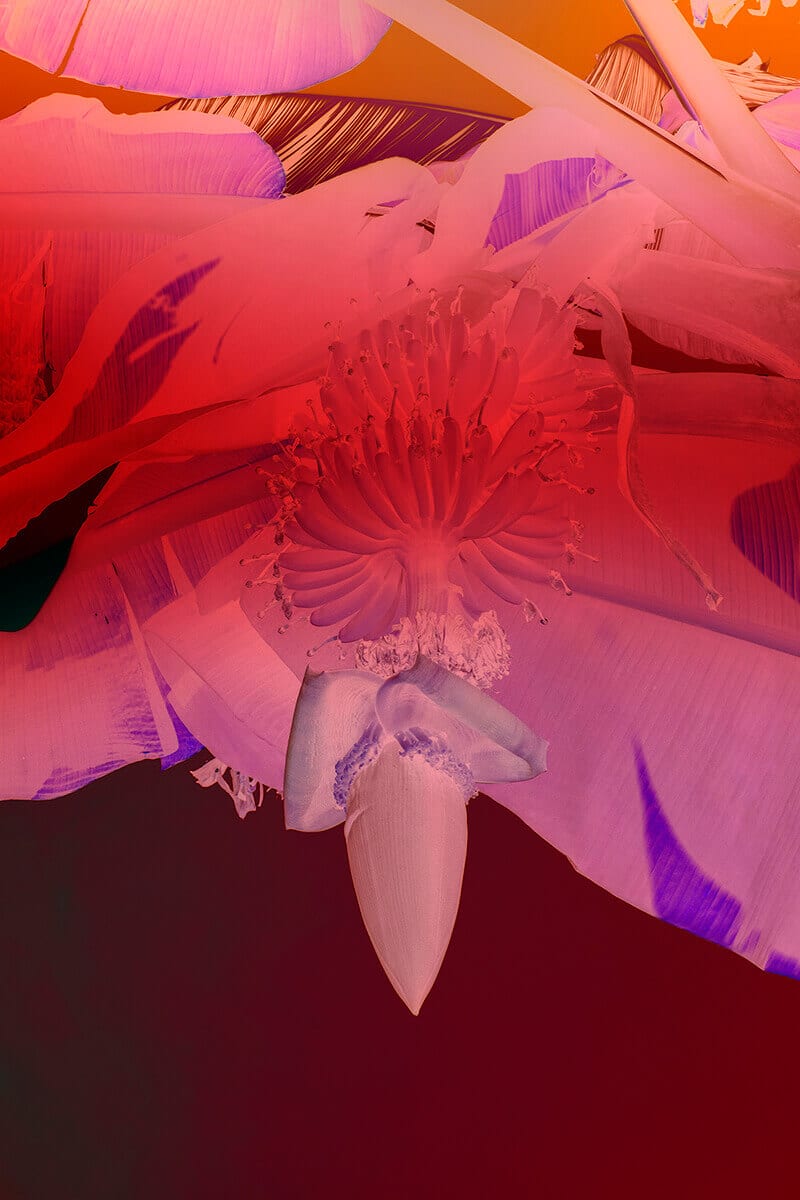
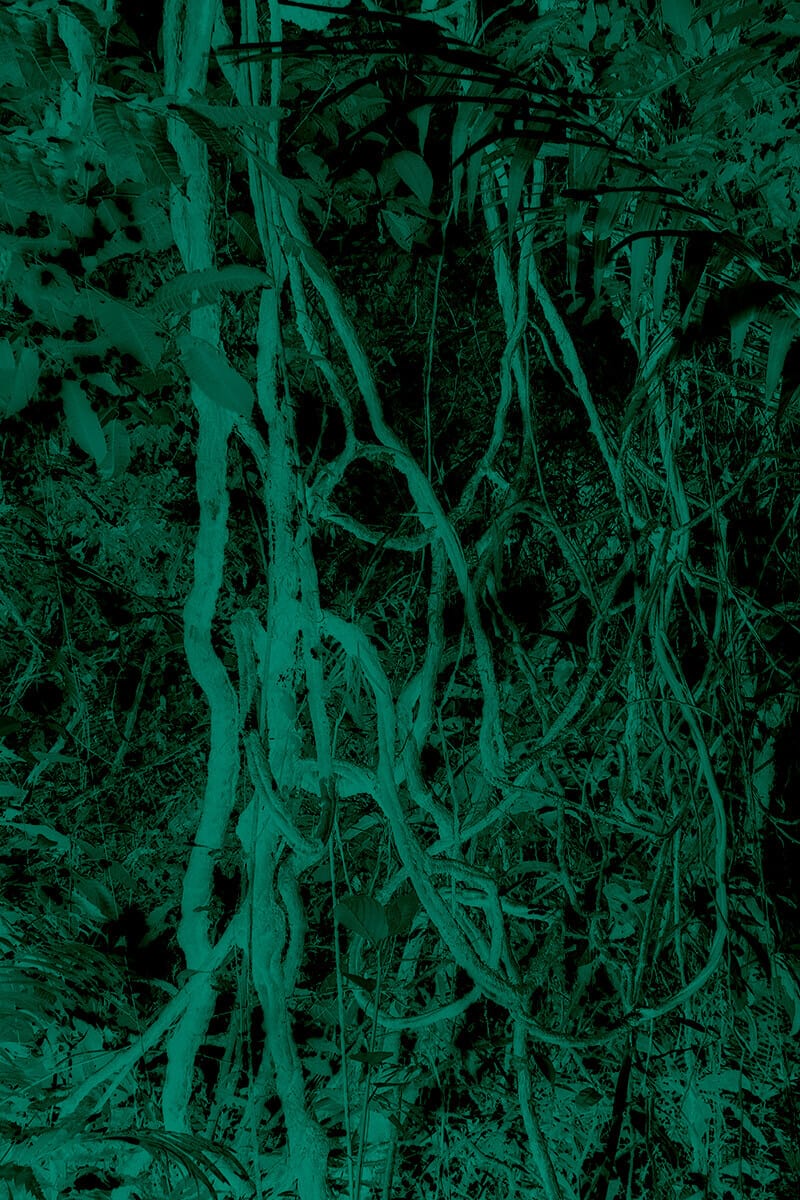
You’re a French photographer living and working in Brasil. How did this happen, and what’s your perspective on the country as an outsider? I notice that you have chosen to focus your projects on rural areas rather than Rio de Janeiro where you live…
For me Brazil is a very inspirational land for my work. It is a country which has strong stereotypes, and as my work is often about breaking the postcard-like images by finding and telling other stories, it is a relevant place for me to work. It is also a country full of paradoxes, which I also really like to highlight in my photographs.
As for being an outsider, I can say that for the moment it has almost been a necessity for my work and inspiration to be / work in a place that I first knew through images and through visual stereotypes. My eyes are then more “surprised” when I come to see and hear images and stories that are different from the postcards that once shaped my imagery of the place, and I often want to tell those stories through my work. I have an interest in using my pictures and my work in general in order to reveal stories that matter to me, and which are often about natural richness or endangered cultures, and that leads me to often focus on rural areas.
How did the project come about? Can you describe the origins, particularly in terms of your research, and then how this evolved once you arrived in Chocó?
It was made during an art-residency in Colombia (thanks to the support of the Alliance Française and École Nationale Supérieure de la Photographie d’Arles). When I knew I had this opportunity, I decided to focus on a region which was less-touristic, and which is actually the poorest in the country. I wanted to create images that would surprise the viewer, by showing a different angle on the story of the place. And so I decided to show the richness of the region. I read a lot about Chocó, and actually found out that it was the richest place of the country in terms of biodiversity (something rarely mentioned by the media).
When I arrived in Chocó, I actually found the exact opposite of all the bad news and impressions I could have read in the news. I found incredible richness in the nature and landscapes, kindness and generosity in the people, and even some magic… So it became even more important for me to convey this beauty in my images.
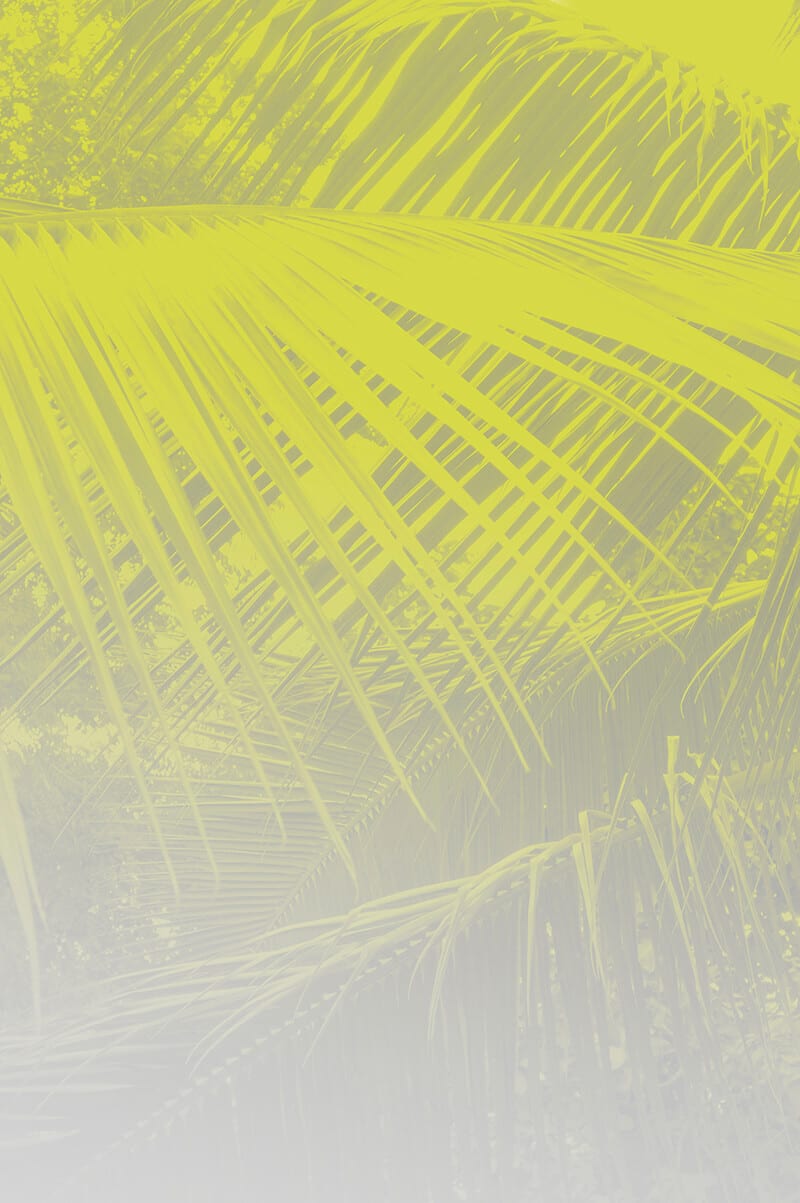
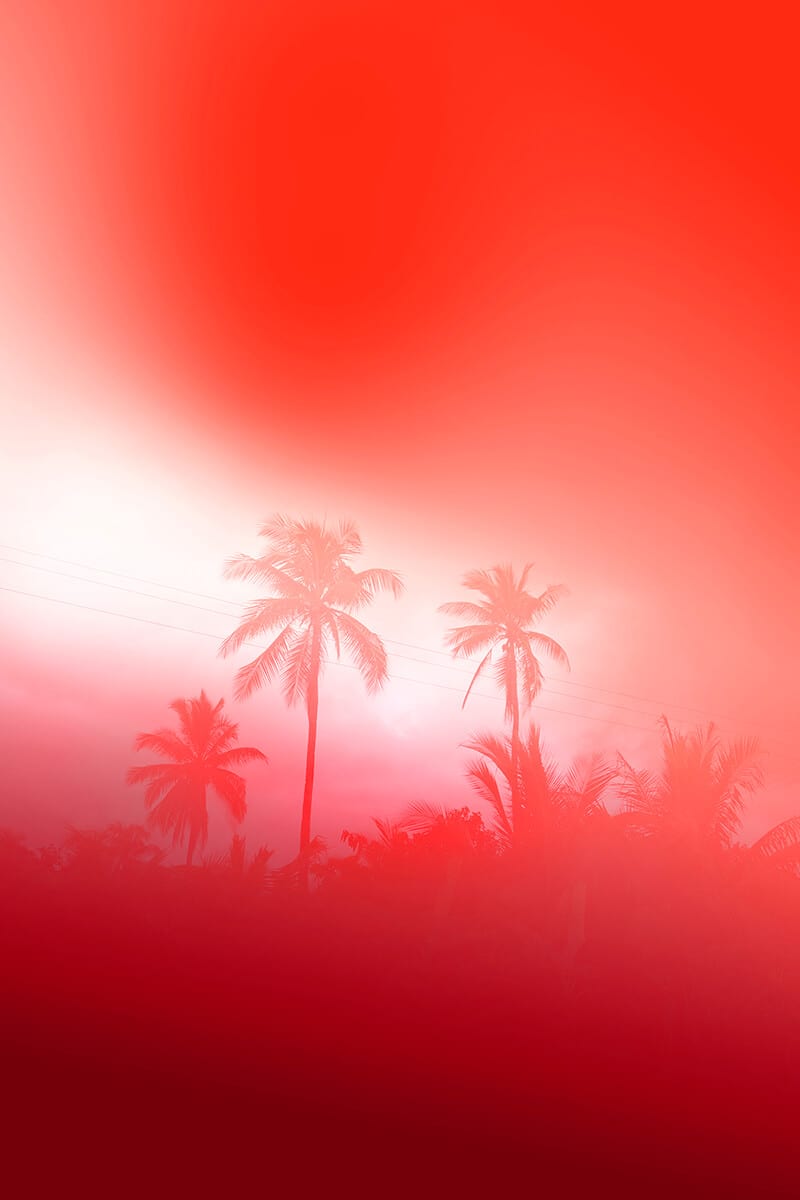
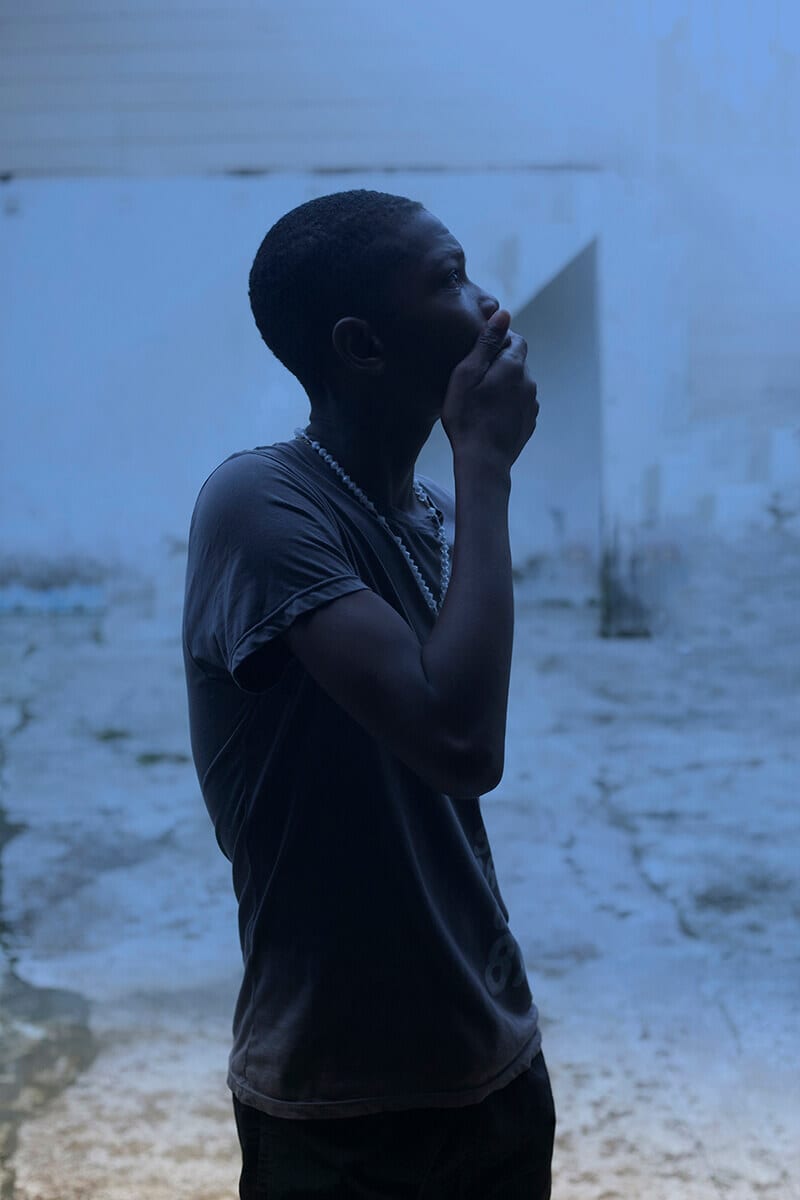
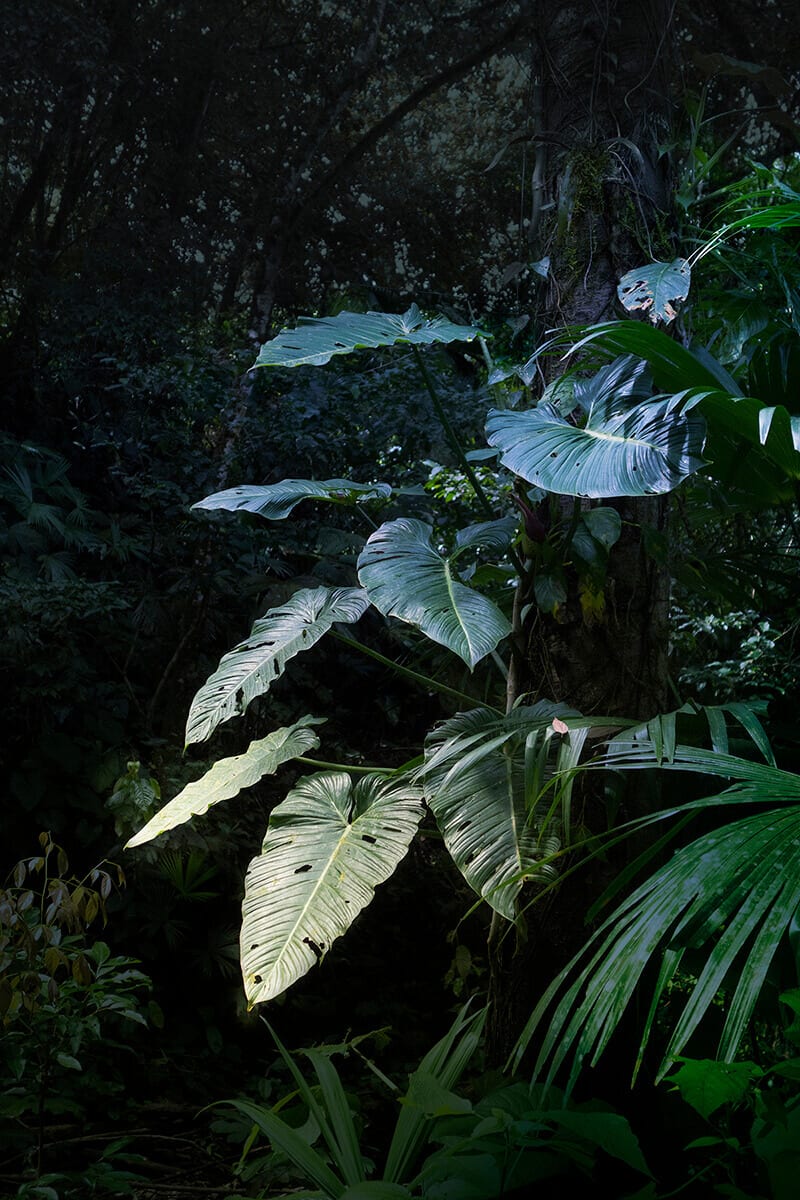
You seem to have a very free process – utilizing collage, color manipulation, mixed media and so on. Can you talk us through your creative process, and how you find the art in your subject matter?
For me the plastic aspect and manipulation of the images is very important, as I like to remind the viewer that he is in front of images, representations of the place, and for him not to plunge into the world depicted in the pictures. It is then important to me to play with the images, to dismantle and rebuild them, until the viewer clearly sees a creation of an image, and until I get new and different representations than the usual, dominant ones.
I notice newspaper featuring heavily in the work – I assume stories of the violence and poverty that you describe in your statement, but here manipulated into something beautiful. This seems to be a clear manifestation of your wish to show a different side to the region. Is that fair?
That’s it! I decided to show those newspaper pages I describe in my statement — that only tell bad news about Chocó, or sometimes (most of the time) just ignore the region which is really isolated and ignored by the rest of the country — and to recover them with positive news. I used them as the materials for cyanotypes (a photo-sensitive substance which becomes blue when exposed to the light of the sun) of leaves and vegetation of the Chocó region.
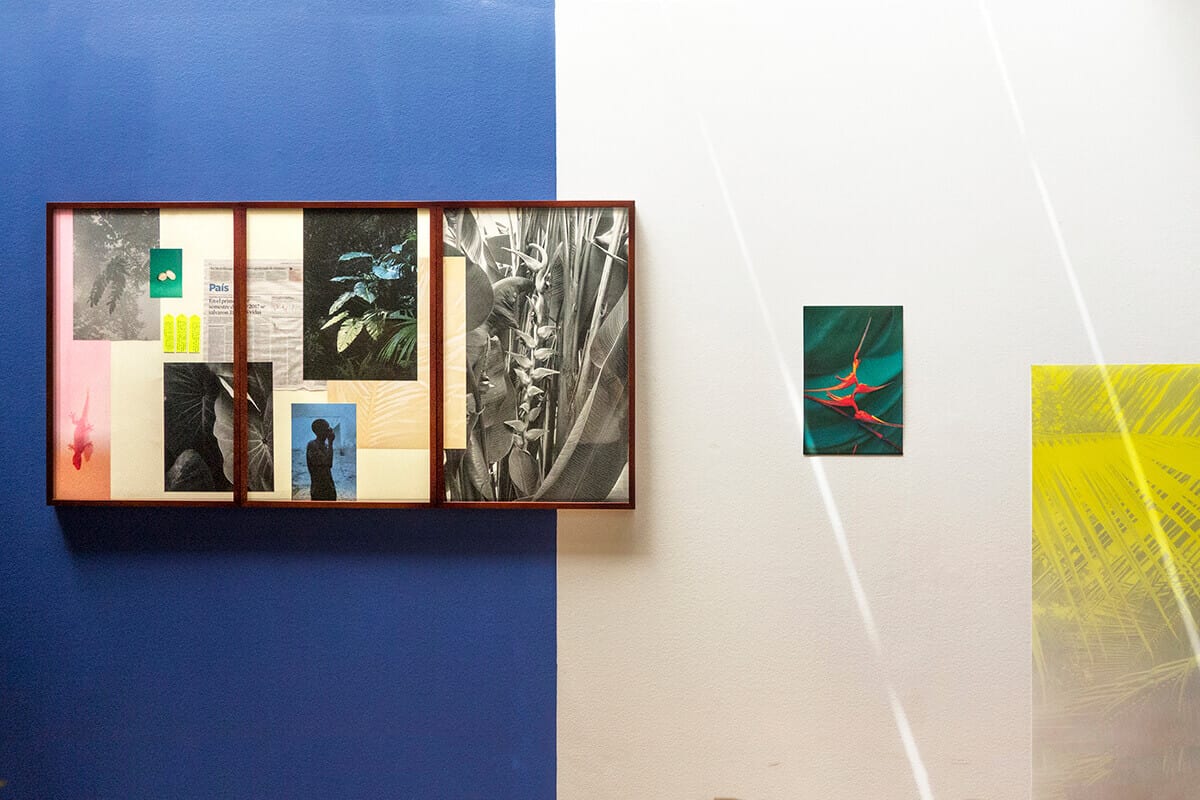
Alongside the lush nature, people appear in your image but in a somewhat absent way – facing away from camera, or with their features obscured. Who are they? And what meaning does your representation of them have?
I decided to include some portraits in the series because, as I mentioned, I found richness not only in nature, but also in the people I met in Chocó. Those people are people that I crossed paths with during my stay there. I didn’t want to make a documentary work, but a more poetic one – I wanted to focus on beauty, on sensitivity, on colors… So the portraits I chose to include in the work are kind of poetic I guess, and drift away from the straight documentary style.
And finally, your artistic expression extends to your exhibitions, where images are arranged creatively and other media – plants for example – are included. Is this a part of the process you enjoy as much as the image-making?
Yes, I do. For me the image doesn’t stops in creating something with my camera and then printing it. As I like to make collages by putting different images together, I see the exhibition as a big image or collage too, and I like to play with the images and think about their relation between them and in the space of the exhibition.
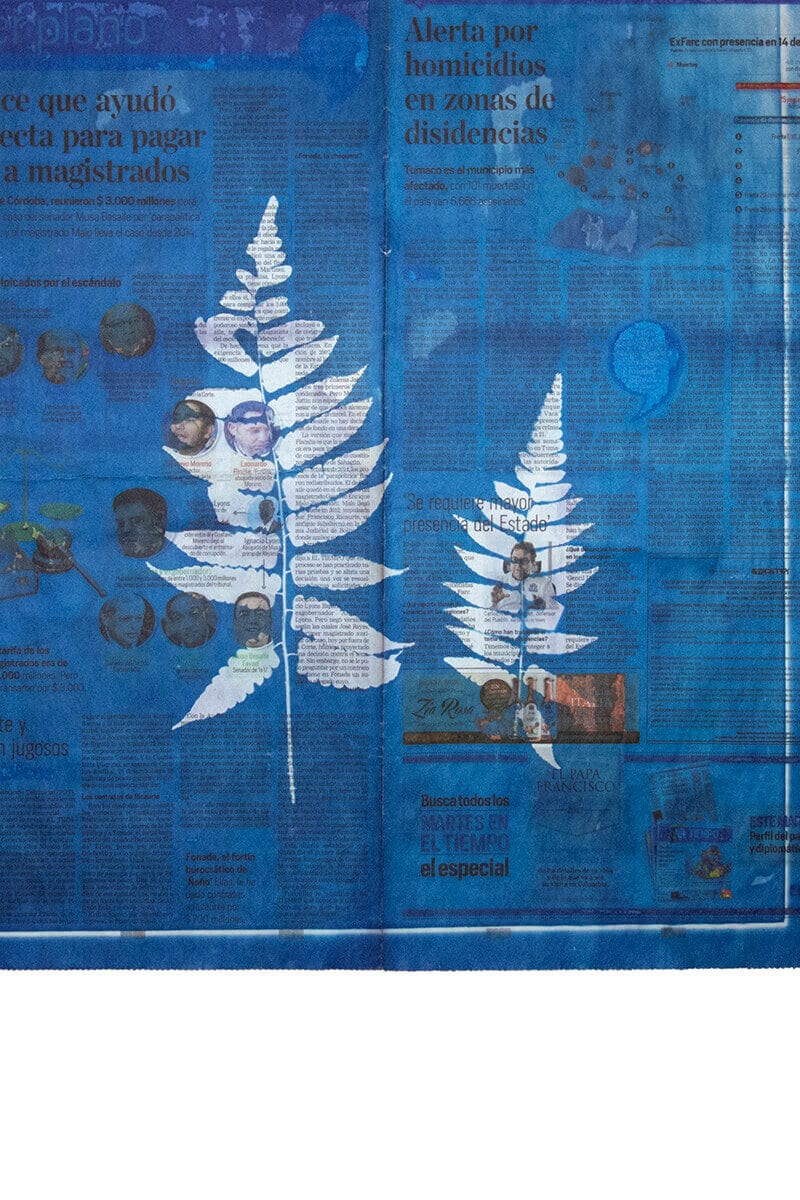
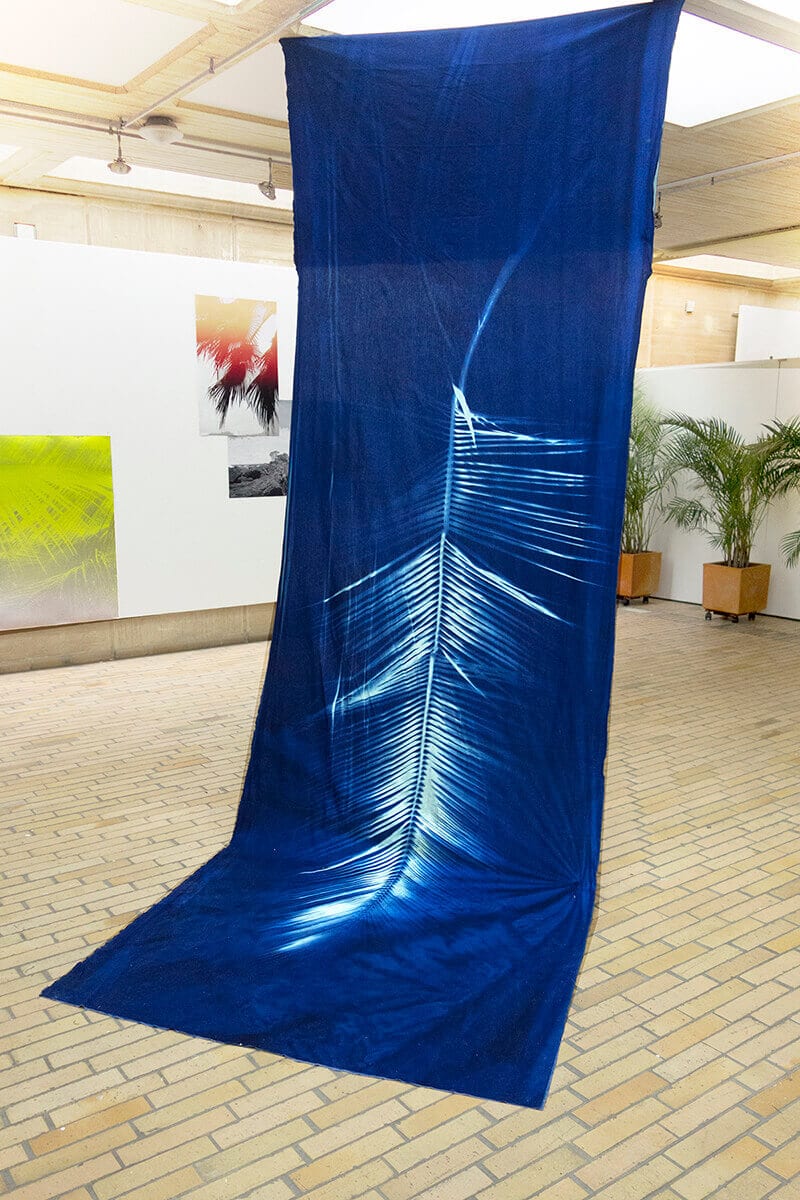
All images © Elsa Leydier
See more at www.elsaleydier.com
And follow her on Instagram: @elsitasereia
